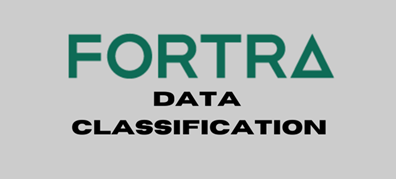

|
Data classification is an
approach to identifying, protecting, and managing information which has
rapidly become best At its simplest level, data
classification is “the process of organizing data into categories for its
most effective and efficient use”. From a security perspective classification
involves the categorization and labelling of data according to its level of
sensitivity or value to an organization – for instance as commercial in
confidence, internal only or The first step is to
establish a policy as to what labels or classifications should be added to
which files or emails. The company can then decide how to communicate this to
employees and decide on how to implement the policy. Some organizations
decide to adopt a manual only labelling policy. However, there are more
advanced data classification techniques that utilize software toolsets which
attach labels to email classification. This means that the protection travels with the data, wherever it is sent or stored. Each of the three techniques – paper-based classification, automated classification and user-driven (or user-applied) classification – has its own benefits and pitfalls. Paper-Based Classification
Policy Automated Classification
Policy |